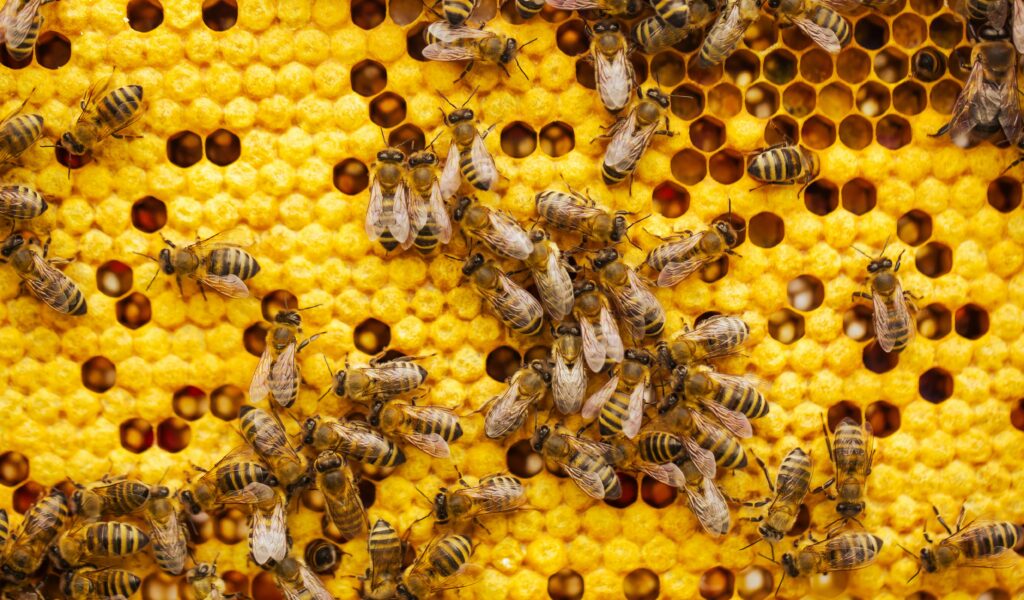Wild bees actively manage their diets by visiting different flowers to balance their intake of protein, fat, and carbohydrates, according to new research. Ecologists studying eight species of bumblebees in the Colorado Rockies over eight years mapped the nutritional content of pollen and tracked which flowers the bees preferred. The findings, published in the Proceedings of the Royal Society B, revealed that bees adjust their foraging to meet changing dietary needs, both across species and throughout the seasons.
The research team discovered striking differences in pollen composition: some flowers contained as little as 17% protein, while others had up to 86%. Seasonal shifts also shaped bee preferences. Spring flowers tended to be richer in protein, while late-summer blooms offered more fats and carbohydrates. Larger bees with long tongues gravitated toward protein-heavy pollen, whereas smaller bees with shorter tongues preferred pollen higher in sugars and fats.
Conservation Implications
The study highlights the importance of nutritional diversity in ecosystems, showing that bees do not forage randomly but make strategic choices to support their colonies. Lead author Justin Bain compared the variation to human diets: “Some are very high in protein like a steak. Others are more like a salad.”
Senior author Paul CaraDonna emphasized that the results reveal the complexity of bees’ nutritional needs and how conservation must go beyond simply increasing flower numbers. Instead, protecting and designing habitats with a mix of plant species can ensure bees access the full range of nutrients they require.
With global pollinator populations threatened by habitat loss, climate change, and poor nutrition, experts believe this research underscores how vital it is to protect both wild bees and their ecosystems. As Michael Walsh of The Urban Apiarist noted, “Bees show a kind of collective intelligence. We need to protect both bees and their ecosystems – our food systems depend on them.”

